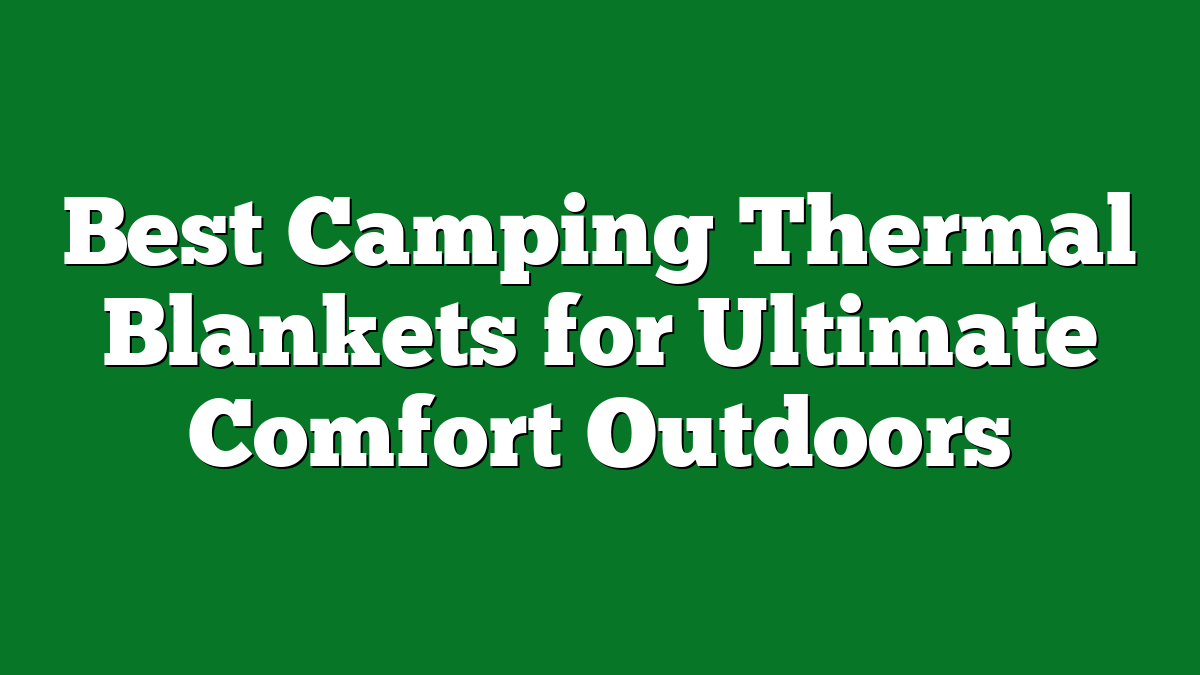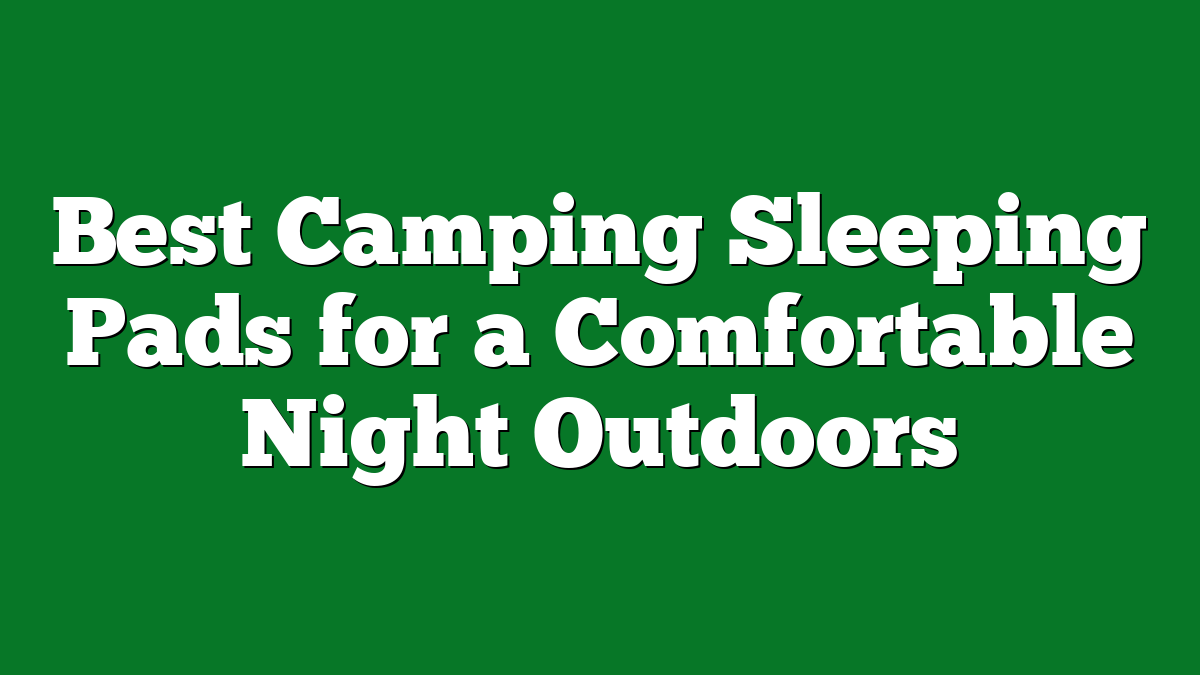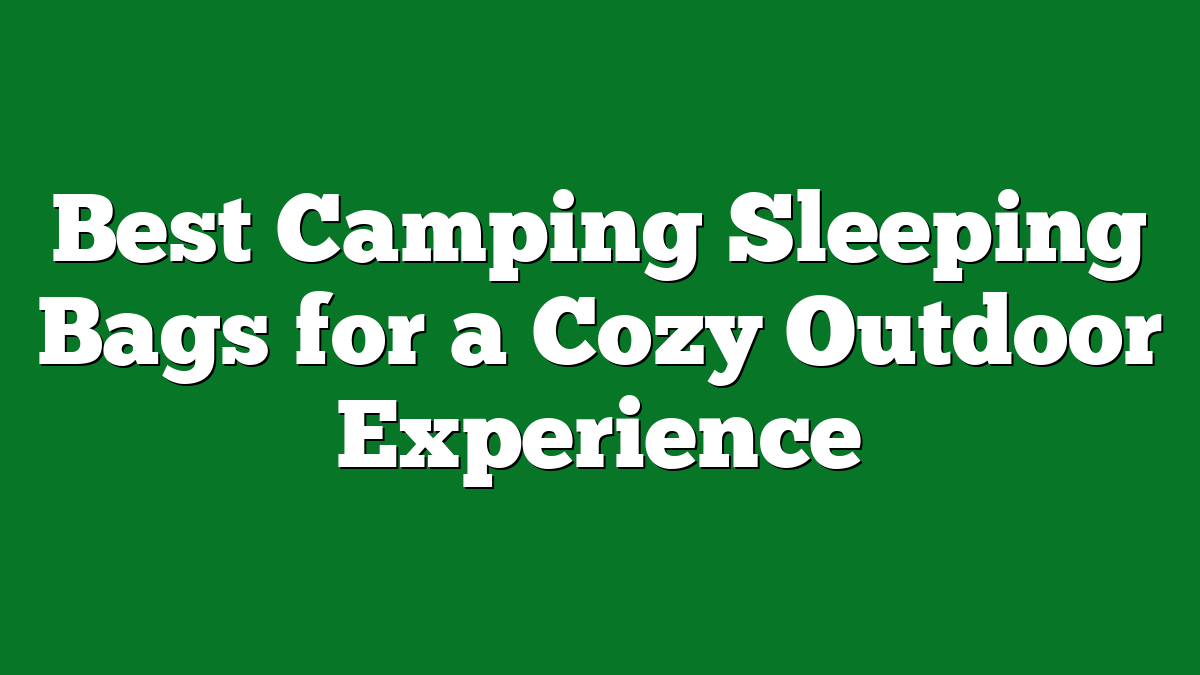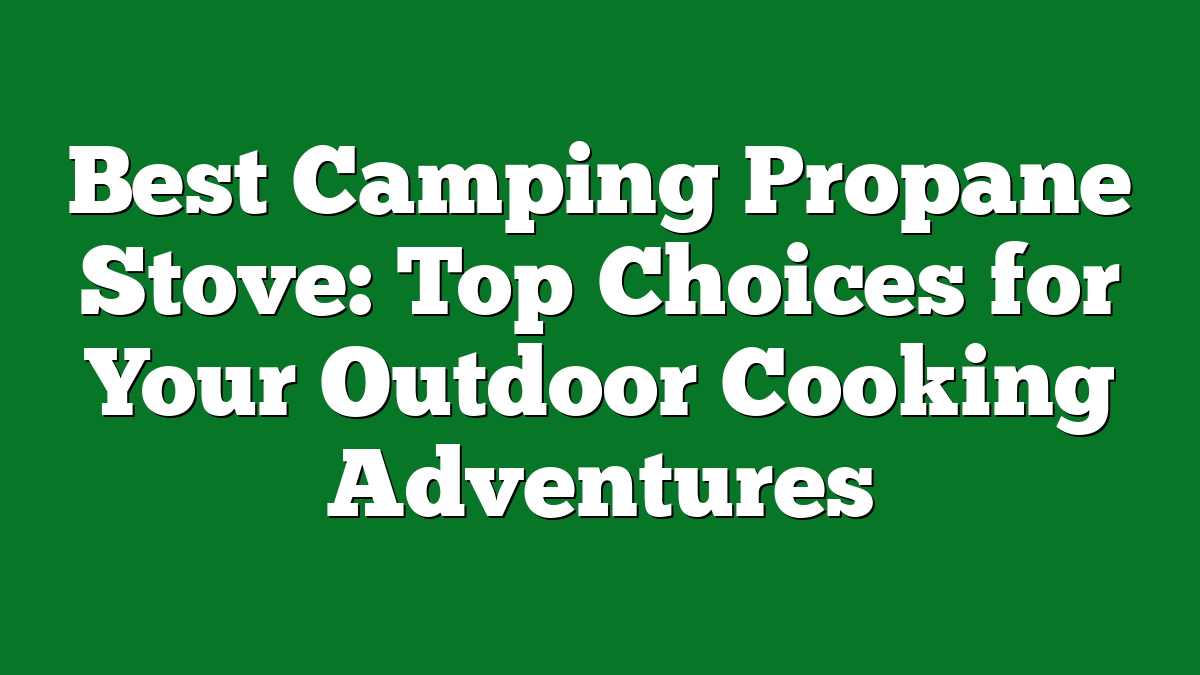If you’re dreaming of an adventure in the great outdoors, camping in Yellowstone should be at the top of your list. This breathtaking national park, with its stunning landscapes and diverse wildlife, offers an unforgettable experience for nature lovers and thrill-seekers alike. From the iconic geysers to the serene lakes, every corner of Yellowstone is a treasure waiting to be explored.
Overview of Yellowstone National Park
Yellowstone National Park, established in 1872, remains the first national park in the United States and one of the oldest in the world. Spanning over 3,400 square miles, it features a stunning variety of landscapes, including mountains, forests, rivers, and lakes. Over 4 million visitors flock here each year to immerse themselves in its natural beauty.
Yellowstone’s unique geothermal features captivate me. Home to more than half of the world’s geysers, the park boasts iconic sites like Old Faithful and the colorful Grand Prismatic Spring. These geothermal wonders create an otherworldly atmosphere, making each visit unforgettable.
Wildlife thrives in Yellowstone, forming a vital aspect of the park’s allure. I often spot bison, elk, bears, and wolves roaming freely. The diversity of ecosystems supports over 1,700 species of plants and various animal species, offering endless opportunities for wildlife observation.
With its vast network of trails, Yellowstone invites exploration. I enjoy hiking the 1,000 miles of trails, ranging from easy walks to challenging backcountry routes. Each hike reveals breathtaking vistas and unique geological formations, enhancing my love for the outdoors.
Camping in Yellowstone allows me to connect deeper with nature. The park offers 12 campgrounds, accommodating both tenters and RVers. Each site offers a unique experience, from forested spots to those near bubbling hot springs.
Overall, Yellowstone National Park combines rich history, stunning landscapes, and abundant wildlife, creating an unmatched destination for outdoor enthusiasts like me.
Planning Your Camping Trip
Camping in Yellowstone requires careful planning to ensure an unforgettable experience. I find that attention to detail enhances my time in the great outdoors, allowing me to fully immerse myself in nature’s wonders.
Best Time to Visit
I recommend visiting Yellowstone from late spring to early fall, specifically June through September. This period boasts mild temperatures and optimal wildlife viewing opportunities. Summer months see busy campgrounds, so booking early helps secure a spot. If I enjoy fewer crowds, I prefer planning my trips during the shoulder seasons, like late September or early October when the fall foliage adds a breathtaking backdrop.
Necessary Permits and Reservations
Obtaining the right permits and reservations ensures a smooth camping experience. I always secure my campground reservation through the National Park Service website, especially during peak season. Most campgrounds require reservations, and they’re available six months in advance. If I plan backcountry camping, I must obtain a backcountry permit, which is free but necessary for safety and conservation. Always check current regulations to stay informed about any changes that might affect my trip.
Choosing the Right Campsite
Finding the perfect campsite in Yellowstone enhances the camping experience. I’ve discovered that understanding the differences between developed campgrounds and backcountry areas plays a significant role in choosing where to set up.
Developed Campgrounds
Yellowstone offers 12 developed campgrounds, each with unique features. I’ve camped in several of them, and here’s what I learned:
- Amenities: Developed campgrounds provide amenities like running water, restrooms, and picnic tables. This makes it easier for families and casual campers.
- Accessibility: Many campgrounds are accessible by vehicle, allowing for easy setup and transport of supplies.
- Reservations: I always recommend making reservations ahead of time, especially during peak season from June to September. Sites fill up quickly, particularly in popular areas like Madison and Canyon.
- Proximity: Choose a campground close to your activities. If you’re eager to see Old Faithful or hike in Hayden Valley, look for a nearby site to save time.
Backcountry Camping Options
For those seeking solitude and adventure, backcountry camping offers a thrilling experience. Here’s what you should consider:
- Permits: Always secure a free backcountry permit before heading out. It protects the environment and ensures you’ve acknowledged the park’s regulations.
- Preparation: I emphasize the importance of thorough preparation. Know the trail conditions and topography, and bring necessary gear for camping off the beaten path.
- Self-sufficiency: Backcountry camping requires a higher degree of self-sufficiency. I’ve found it essential to pack extra food, water purification methods, and navigation tools when venturing into remote areas.
- Leave No Trace: Commit to Leave No Trace principles. Preserve the beauty of Yellowstone by respecting wildlife and minimizing your impact on the environment.
Choosing the right campsite in Yellowstone significantly impacts the overall experience. Consider your preferences, whether you enjoy the conveniences of developed campgrounds or the thrilling isolation of backcountry options.
Essential Camping Gear
When preparing for a camping adventure in Yellowstone, choosing the right gear makes all the difference. I’ll break down essential items you need for a memorable experience.
Tent and Sleeping Equipment
Selecting the right tent is crucial. I prefer a three-season tent for versatility, which withstands various weather conditions while providing breathability. Look for one that fits your group comfortably and includes a rainfly for added protection.
I also recommend investing in a high-quality sleeping bag rated for the season. A down bag offers warmth and compressibility. For added comfort, use a sleeping pad to insulate against cold ground, absorbing noise from rocks or roots. Don’t forget a pillow or stuff sack filled with clothes for added support during the night.
Cooking and Food Supplies
Cooking in the great outdoors brings joy to any trip. I use a compact camping stove that quickly heats meals and water. Fuel canisters are lightweight and easy to pack, ensuring I won’t run out mid-cooking.
Bring durable cookware, including a pot and frying pan. Remember utensils like a spatula and tongs, which help with preparing meals. I also recommend packing a lightweight cooler with ice packs for perishable items.
For food supplies, I usually plan easy-to-cook meals like instant oatmeal, pasta, and dehydrated meals. Snacks like trail mix, beef jerky, and energy bars provide a quick energy boost on the trails. Pack water, or a water filter or purification tablets to ensure a safe water supply while hiking.
Proper equipment transforms a camping trip into a legendary experience, allowing me to focus on the stunning landscapes that Yellowstone offers.
Wildlife Safety and Regulations
Camping in Yellowstone offers a thrilling opportunity to observe wildlife in their natural habitat, but safety must always come first. Respecting regulations is vital for both visitor safety and wildlife conservation. Here are some key points to keep in mind:
- Keep Your Distance
Maintain a minimum distance of 100 yards from bears and wolves and at least 25 yards from other wildlife. Bears, in particular, can act unpredictably, so I always stay at a safe distance and observe quietly.
- Store Food Properly
Use bear-resistant food containers available at campgrounds. I always hang food away from my sleeping area or use designated bear boxes. Leaving food accessible can attract wildlife, leading to dangerous encounters.
- Never Feed Wildlife
Feeding animals disrupts their natural behavior and can cause aggressive behaviors towards humans. I’ve seen bears become accustomed to human food, leading to tragic outcomes for both animals and visitors.
- Travel in Groups
When hiking, I recommend sticking to groups of three or more. This reduces the likelihood of wildlife encounters, as groups tend to be louder and more noticeable. Plus, it makes for a more enjoyable experience!
- Follow Park Regulations
Yellowstone has strict rules regarding wildlife interactions. Observing the guidelines not only protects me but also ensures the park remains a safe environment for all visitors. Always read the information posted at trailheads and campgrounds for details.
- Carry Bear Spray
I always carry bear spray and ensure it’s within reach when hiking in bear country. It’s essential to know how to use it effectively. A quick release can make all the difference in a possible encounter.
- Educate Yourself
Learn about the wildlife you’ll encounter. Knowledge about animal behavior enhances safety. I spend time reading guides and watching wildlife documentaries before my trips, enhancing my appreciation and preparation.
- Report Closures and Incidents
If I encounter wildlife on trails or if I see unsafe behavior by others, I’ll report it to park rangers. Keeping the wildlife safe and maintaining the park’s integrity benefits everyone.
Understanding and adhering to these wildlife safety measures makes my camping experience in Yellowstone both enjoyable and responsible. By respecting the wild inhabitants, I help preserve the beauty and magic of this incredible national park for future generations.
Conclusion
Camping in Yellowstone is truly a unique adventure that I can’t recommend enough. The park’s natural beauty and diverse wildlife create a magical atmosphere that stays with you long after your visit. Whether you’re hiking along scenic trails or soaking in the views of geysers, there’s always something new to discover.
I’ve found that careful planning makes all the difference in ensuring a smooth and enjoyable trip. From choosing the right campground to packing the essential gear, every detail contributes to the experience.
So if you’re ready to immerse yourself in nature and create unforgettable memories, grab your gear and head to Yellowstone. You won’t regret it!











